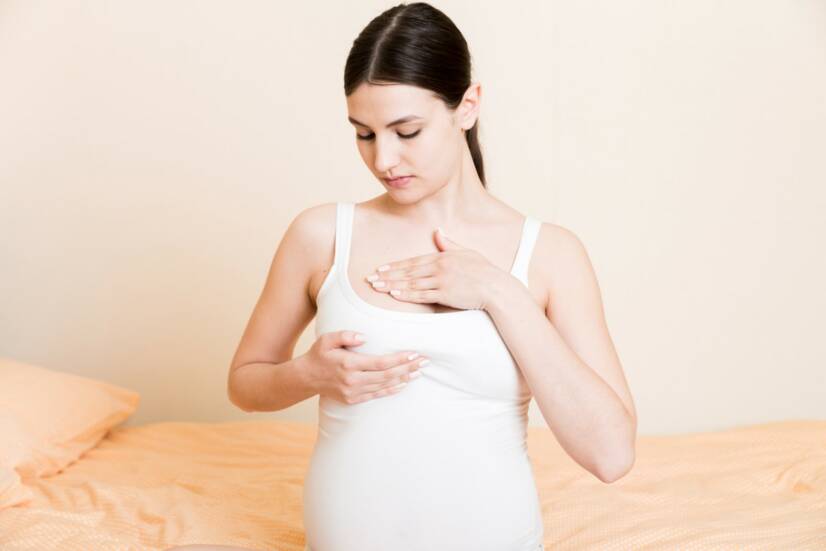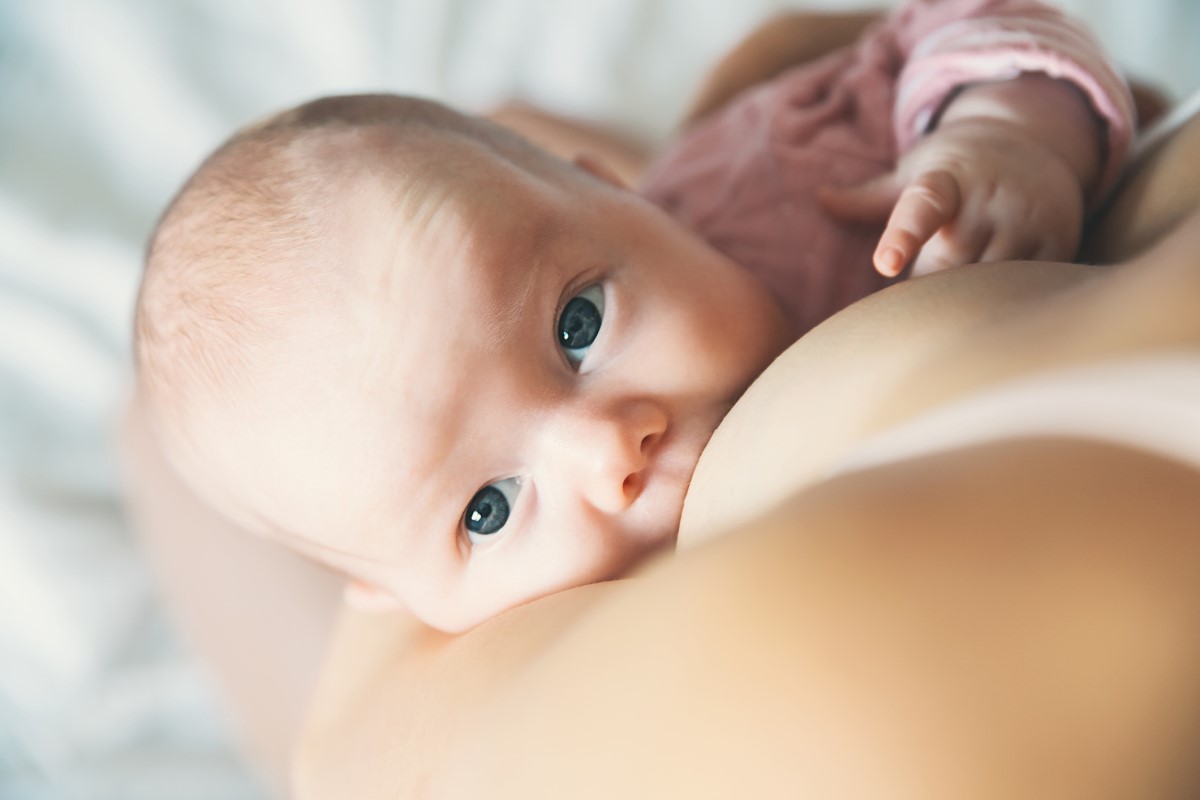- Berens PD (December 2015). "Breast Pain: Engorgement, Nipple Pain, and Mastitis". Clinical Obstetrics and Gynecology. 58 (4): 902–14. d
- Spencer JP (September 2008). "Management of mastitis in breastfeeding women". American Family Physician. 78 (6): 727–31
- Ferri, Fred F. (2009). Ferri's Clinical Advisor 2010 E-Book: 5 Books in 1. Elsevier Health Sciences. p. 593. ISBN 9780323076852.
- Buttaro TM, Trybulski J, Bailey PP, Sandberg-Cook J (2007). Primary Care: A Collaborative Practice. Elsevier Health Sciences. p. PT1608. ISBN 978-0323078412.
- The Worldwatch Institute (2015). State of the World 2006: Special Focus: China and India. Island Press. p. 36. ISBN 9781610916332.
- Ratcliffe, Stephen D. (2008). Family Medicine Obstetrics. Elsevier Health Sciences. p. 634. ISBN 978-0323043069.
- Michie C, Lockie F, Lynn W (September 2003). "The challenge of mastitis". Archives of Disease in Childhood. 88 (9): 818–21.
- Dixon, J Michael; Pariser, Kenneth M. "Nonlactational mastitis in adults". UpToDate. Retrieved 2019-08-02.
- Zhang, Ying; Sun, Xiaoying; Li, Kexin; Wang, Xiaomin; Cai, Lijun; Li, Xin; Zhou, Min (2018-05-02). ""The Therapy of Elimination First" for Early Acute Mastitis: A Systematic Review and Meta-Analysis". Evidence-Based Complementary and Alternative Medicine. 2018: e8059256.
- Segura-Sampedro JJ, Jiménez-Rodríguez R, Camacho-Marente V, Pareja-Ciuró F, Padillo-Ruiz J (May 2016). "Breast abscess and sepsis arising from oral infection". Cirugia Espanola. 94 (5): 308–9.
- Cusack L, Brennan M (December 2011). "Lactational mastitis and breast abscess - diagnosis and management in general practice". Australian Family Physician. 40 (12): 976–9.
- Kvist LJ, Larsson BW, Hall-Lord ML, Steen A, Schalén C (April 2008). "The role of bacteria in lactational mastitis and some considerations of the use of antibiotic treatment". International Breastfeeding Journal. 3
- webmd.com - Breast Infection
- nhs.uk - Mastitis
- clevelandclinic.org - Mastitis
- breastfeeding.asn.au - Mastitis
- mayoclinic.org - Mastitis
Mastitis, or Mammary Gland Inflammation: Causes, Symptoms, Treatment

Photo source: Getty images
Most common symptoms
- Malaise
- Tremors
- Breast pain
- Increased body temperature
- Nausea
- Headache
- Fever
- A lump in the breast
- Joint Pain
- Limb pain
- Muscle Pain
- The Island
- Painful Lymph Nodes
- Fatigue
- Reddened skin
- Winterreise
- Accelerated heart rate
- Enlarged lymph nodes
- Vomiting
Show more symptoms ᐯ
Ako sa lieči mastitída? Lieky, antibiotiká, masti i chirurgia
Show moreMammary Gland Inflammation is treated by
Other names
Mammary Gland Inflammation











